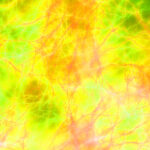Snake Venom: A Timeless Fascination
The history of humans studying snake venom is as fascinating as the venom itself, stretching back thousands of years. Let’s take a journey through time to explore how venom has captivated and terrified humanity, and how our understanding has evolved. Ancient Beginnings: Venom as Weapon and Medicine Humans have beenContinue Reading






